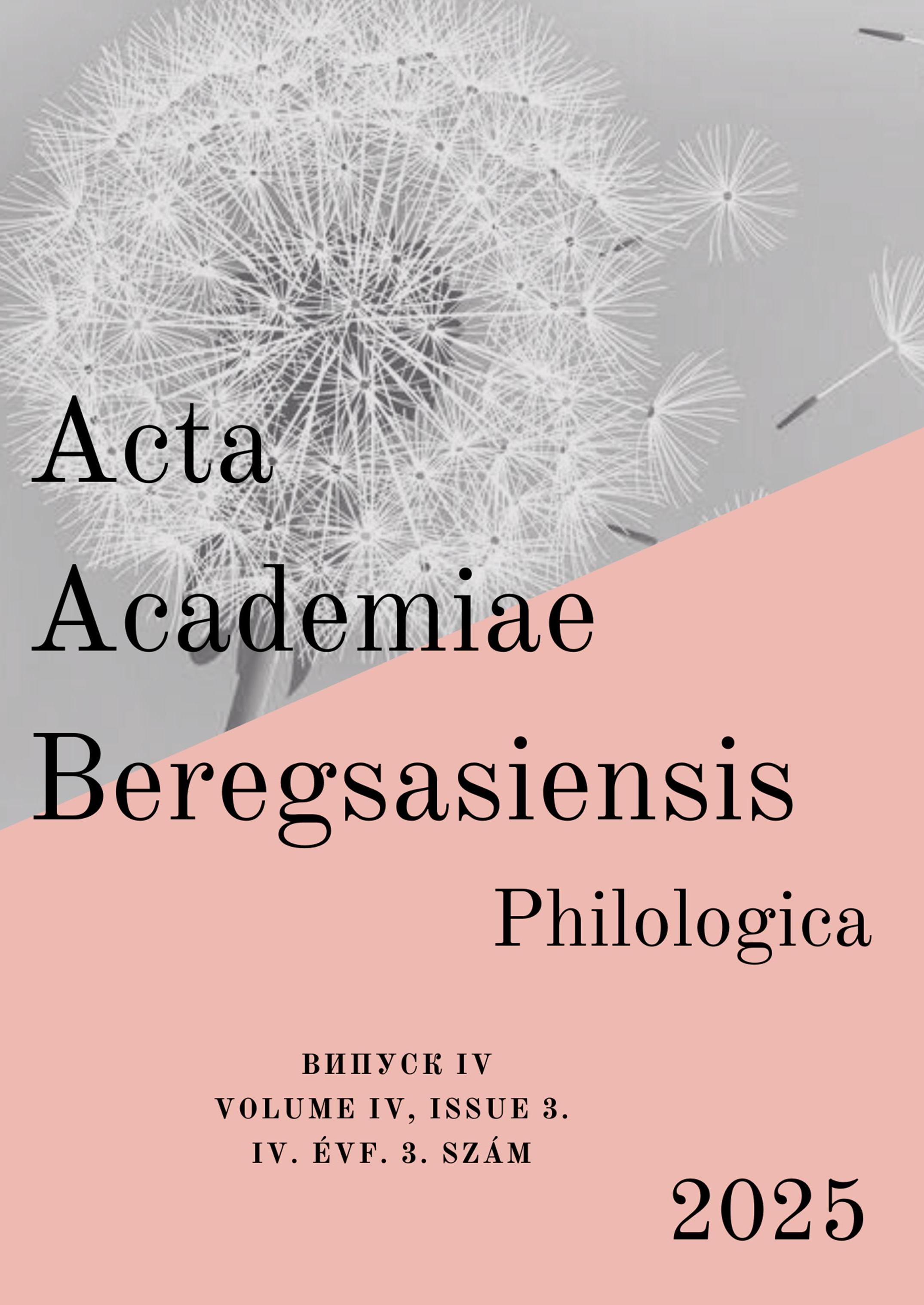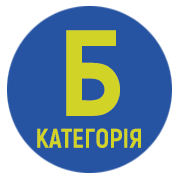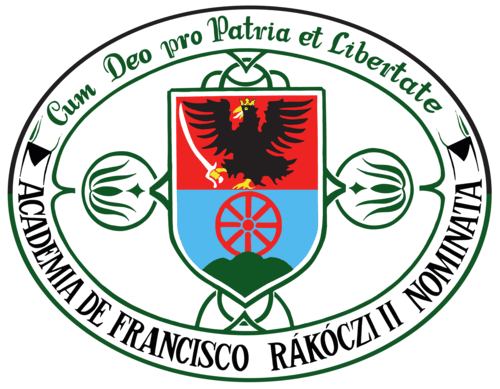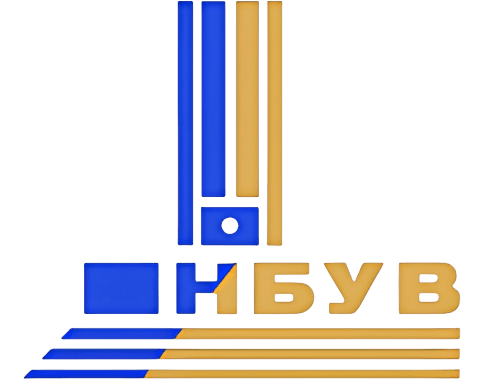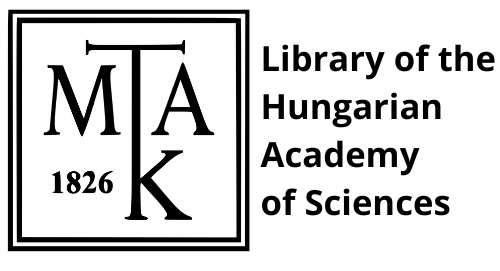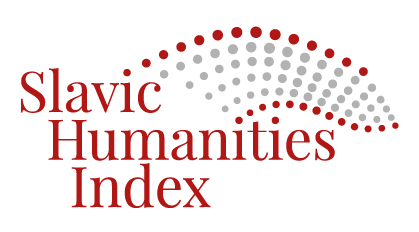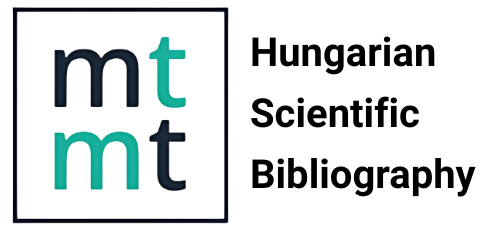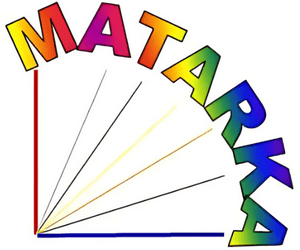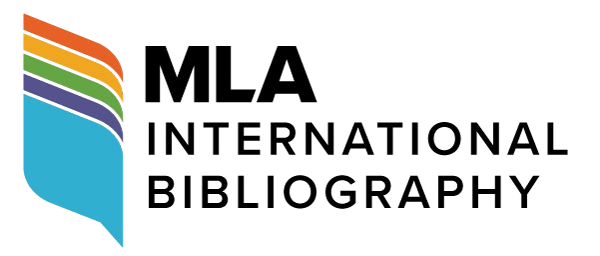An intertextual reading of Olha Mak’s novella “Stones under the Scythe”
DOI:
https://doi.org/10.58423/2786-6726/2025-3-216-230Keywords:
intertextuality, allusion, paratextuality, biblical motifs, autobiography, Olha Mak, Taras Shevchenko, HolodomorAbstract
The article outlines the intertextual connections in the novella “Stones under the Scythe” by the diaspora writer Olha Mak. The study focuses on reading the work in the context of prose by emigrant authors about the Holodomor – Vasyl Barka, Oleksa Hai-Holovko, Olena Zvychayna, and Ulas Samchuk. It is noted that Olha Mak was a direct witness to the historical events, which she depicted in the novella with documentary accuracy and expressionistic vividness. Among the intertextual references to historical facts, the author’s appeals to her own personal fate also stand out.
The novella’s intertextual discourse is structured at the intersection of Taras Shevchenko’s poetry, biblical motifs, and the writer’s memoirs. References to an “external” literary text are a vivid example of intertextual communication between Olha Mak’s novella and Taras Shevchenko’s poetry. The borrowings and inclusion of quotations from Shevchenko’s works are closely tied to the author’s worldview and creative intentions, resulting in the actualisation of intertextuality. The historiosophical nature of Taras Shevchenko’s poetic thought is articulated in the novella through lines of poetry read by Andriy Pivpola. Shevchenko’s words resonate in a new way, emphasising the depiction of the Holodomor of 1932–1933 and the devastation across Ukraine. By rereading the texts of the “Kobzar” through the lens of a century of history, the author underscores the relevance and prophetic nature of the poet’s words.
An example of paratextuality is the title of the novella, which carries symbolic and semantic weight, is rooted in folklore, and is activated through textual references to artistic images from Shevchenko’s poetry. Biblical images and motifs are also documented in Olha Mak’s novella as signals of intertextual presence. It is demonstrated that intertextual inclusions condense various facets of the author’s worldview and aesthetic concept, indicate the hidden meanings of the text, and add factual details from her biography. Interaction with other texts contributes to decoding the writer’s creative intention and broadens the reader’s interpretive horizon.
References
1. Vasylenko, Vadym 2019. Spovid zhertvy y intonatsiia pomsty: holod, teror i pysmo [Confession of a Victim and Intonation of Vengeance: Famine, Terror and Writing]. Slovo i chas 6: s. 3–19. https://doi.org/10.33608/0236-1477.2019.06.3-19 (In Ukrainian)
2. Zhurba, Svitlana 2017. Trahediia ukrainskoho selianstva pid chas holodomoru u prozi diaspory (na materiali tvoriv Oleny Zvychainoi ta Ivanny Chornobryvets) [The Tragedy of the Ukrainian Peasantry during the Holodomor in Diaspora Prose (Based on the Works of Olena Zvychayna and Ivanna Chornobryvets)]. Literatury svitu: poetyka, mentalnist i dukhovnist 10: s. 102–113. https://doi.org/10.31812/world_lit.v10i0.1034 (In Ukrainian)
3. Zhurba, Svitlana 2024. Retseptsiia poezii Tarasa Shevchenka v povisti «Kaminnia pid kosoiu» Olhy Mak [The Reception of Taras Shevchenko’s Poetry in Olha Mak’s Novella “Stones under the Scythe”]. In: Henii Shevchenka: osobystist, tvorchist, dolia: materialy Mizhnarodnoi naukovoi konferentsii. Ternopil: TNPU im. V. Hnatiuka, s. 28–31. (In Ukrainian)
4. Zvychayna, Olena 1953. Myrhorodskyi yarmarok [The Myrhorod Fair]. Vinnipeh: Tryzub. (In Ukrainian)
5. Kyrpa, Halyna 2004. Vona zhyla Ukrainoiu [She lived in Ukraine]. Nashe zhyttia 61/3: s. 5–7. (In Ukrainian)
6. Kovalenko, Lidiia – Maniak, Volodymyr 1991. 33-y: holod: Narodna Knyha-Memorial [The 33rd: Famine: The People’s Memorial Book]. Kyiv: Radianskyi pysmennyk. (In Ukrainian)
7. Kononchuk, Tetiana 2011. Ekzystentsiini vymiry osmyslennia realnosti v povisti Olhy Mak «Kaminnia pid kosoiu» [Existential Dimensions of Comprehending Reality in Olha Mak’s Novella “Stones under the Scythe”]. Teoretychna i dydaktychna filolohiia 10: s. 203–214. (In Ukrainian)
8. Kuz, Valentyna 2019a. Zhanrovo-stylovi osoblyvosti maloi prozy Olhy Mak [Genre and Stylistic Features of Olha Mak’s Short Prose]. Problemy suchasnoho literaturoznavstva 29: s. 145–156. https://doi.org/10.18524/2312-6809.2019.29.180599 (In Ukrainian)
9. Kuz, Valentyna 2019b. Ideino-tematychni, zhanrovo-stylovi aspekty prozy Olhy Mak [Ideological-Thematic, Genre and Stylistic Aspects of Olha Mak’s Prose]. Zakarpatski filolohichni studii 8/1: s. 116–120. (In Ukrainian)
10. Laskava, Yuliia 2020. Sotsialnyi aspekt stanovlennia obrazu dytyny-syroty v chasy Holodomoru [The Social Aspect of Forming the Image of the Orphaned Child during the Holodomor]. In: Totalitaryzm yak systema znyshchennia natsionalnoi pamiati: zbirnyk naukovykh prats za materialamy Vseukrainskoi naukovo-praktychnoi konferentsii z mizhnarodnoiu uchastiu 11–12 chervnia 2020 roku / nauk. red. T. Yeshchenko. Lviv: Drukarnia Lvivskoho natsionalnoho medychnoho universytetu imeni Danyla Halytskoho, s. 118–121. (In Ukrainian)
11. Mak, Olha 1973. Kaminnia pid kosoiu [Stones under the Scythe]. Toronto: Homin Ukrainy. (In Ukrainian)
12. Matsko, Vitalii 2009. Ukrainska emihratsiina proza XX stolittia [Ukrainian Emigration Prose of the 20th Century]. Khmelnytskyi: PP Derepa I. Zh. (In Ukrainian)
13. Prosalova, Vira 2019. Intertekstualnyi analiz: teoriia i praktyka [Intertextual Analysis: Theory and Practice]. Vinnytsia. (In Ukrainian)
14. Reha, Alina 2015. Khudozhno-filosofska svoieridnist prozy Olhy Mak: dysertatsiia na zdobuttia naukovoho stupenia kandydata filolohichnykh nauk [The Artistic and Philosophical Peculiarities of Olha Mak’s Prose: Dissertation for the Degree of Candidate of Philological Sciences]. Ivano-Frankivsk: Prykarpatskyi natsionalnyi universytet im. Vasylia Stefanyka. (In Ukrainian)
15. Tymoshchuk, Nataliia 2006. Antytotalitarnyi dyskurs ukrainskoi prozy KhKh stolittia: problematyka holodomoru ta osoblyvosti yii khudozhnoi realizatsii: avtoreferat dysertatsii na zdobuttia naukovoho stupenia kandydata filolohichnykh nauk [Anti-Totalitarian Discourse in Ukrainian Prose of the 20th Century: Issues of the Holodomor and Specifics of Its Artistic Representation: Abstract of Dissertation for the Degree of Candidate of Philological Sciences]. Kyiv: Kyivskyi natsionalnyi universytet imeni Tarasa Shevchenka. (In Ukrainian)
16. Shapoval, Mariana 2009. Intertekst u svitli rampy: mizhtekstovi ta mizhsubiektni reliatsii ukrainskoi dramy [Intertext in the Light of the Stage: Intertextual and Intersubjective Relations of Ukrainian Drama]. Kyiv: Avtohraf. (In Ukrainian)
Downloads
Published
How to Cite
Issue
Section
License
Copyright (c) 2025 Svitlana Zhurba

This work is licensed under a Creative Commons Attribution 4.0 International License.
Authors retain copyright and grant the journal the right of first publication. The work is simultaneously licensed under a Creative Commons Attribution 4.0 International License (CC BY 4.0), which permits others to share the work with appropriate credit given to the author(s) and the initial publication in this journal.
